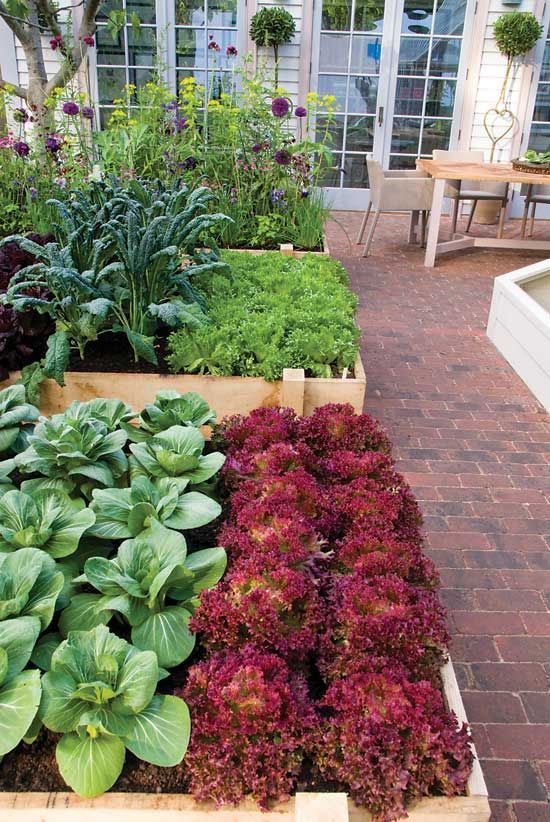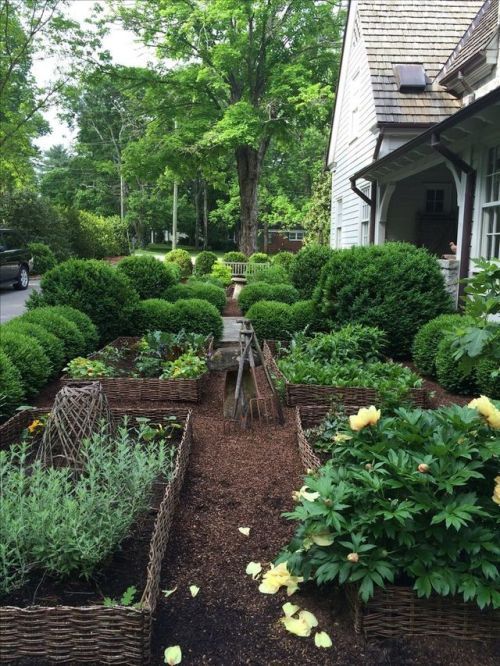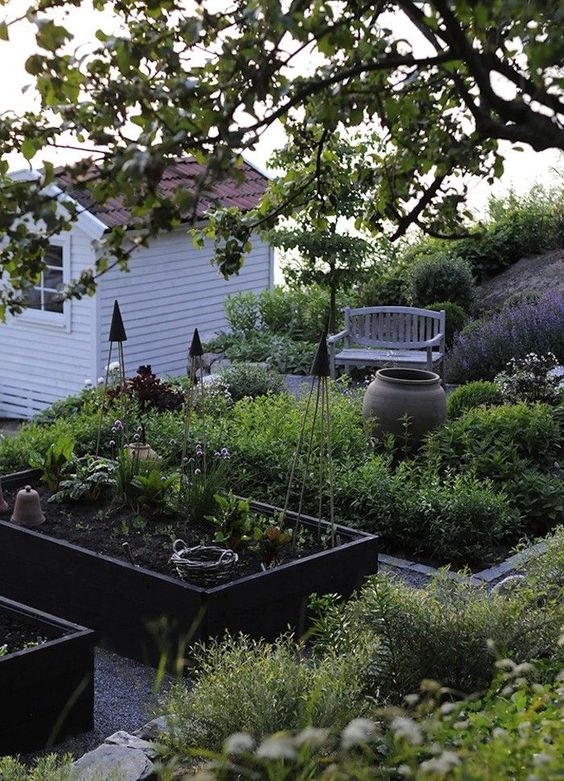Raised garden beds are a popular gardening technique that involves creating elevated planting areas above the ground surface. These beds are enclosed by wooden, metal, or stone frames and filled with soil, providing numerous advantages for gardeners. Let’s delve into what raised garden beds are and the purposes they serve.

Credit: https://homesteadandchill.com/

Credit: http://orzeszkowepole.pl
What Are Raised Garden Beds?
Raised garden beds, often called raised planters or garden boxes, are essentially contained growing areas that are elevated above the surrounding ground level. They can be constructed in various shapes, sizes, and materials, allowing for customization to suit your gardening needs and aesthetic preferences.
Purposes of Raised Garden Beds:
-
Improved Soil Quality: One of the primary purposes of raised garden beds is to have more control over the soil quality. Gardeners can select and amend the soil to meet the specific requirements of the plants they intend to grow. This results in healthier and more productive crops.
-
Better Drainage: Elevated beds often have superior drainage, preventing waterlogged soil and root rot. This is particularly beneficial in areas with heavy rainfall.
-
Warmer Soil: Raised beds tend to warm up faster in the spring, extending the growing season and allowing for earlier planting.
-
Easier Access: The elevated design reduces the need for bending and stooping, making gardening more accessible for individuals with mobility issues.
-
Weed Control: Raised garden beds help keep weeds at bay by providing a defined planting area that is easier to maintain. Less weeding means more time for other gardening tasks.
-
Pest Management: Installing physical barriers like netting or wire mesh around raised beds can deter pests and protect crops more effectively.
-
Aesthetics: Raised garden beds can add an attractive and organized appearance to your garden, making it visually appealing and easier to manage.
-
Soil Conservation: These beds can be installed on top of poor or contaminated soil, preventing direct contact between plants and subpar soil while promoting healthy growth.
-
Improved Root Growth: Plants in raised beds tend to have better root development due to the well-aerated and loose soil.
-
Versatility: Raised beds are versatile and adaptable, suitable for growing a wide range of plants, from vegetables and herbs to flowers and shrubs.
Credit: https://myinnerlandscape.tumblr.com/
Credit: http://gardenista.com
To create a raised garden bed, you’ll typically build a frame, fill it with a suitable soil mix, and then plant your chosen crops. Whether you’re an experienced gardener looking to optimize your growing space or a beginner eager to embark on a gardening journey, raised garden beds offer a practical and efficient solution for achieving healthier, more bountiful yields while enhancing the overall aesthetics of your garden.

